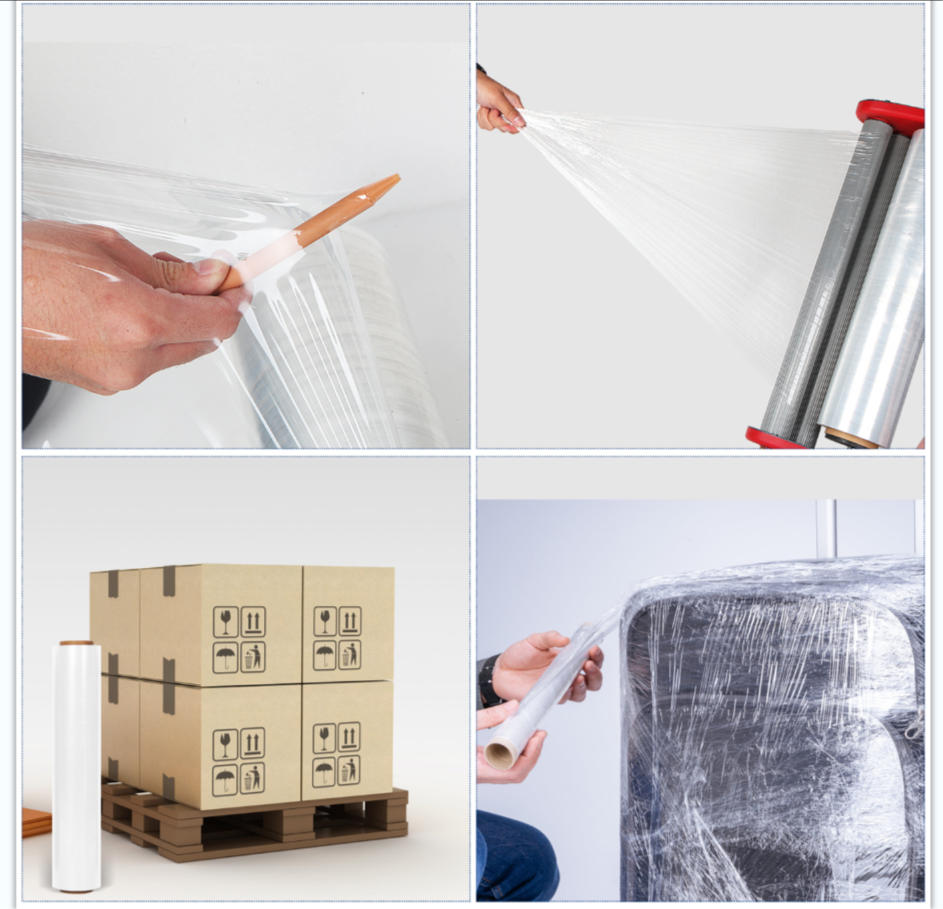Importance of Using Disposable Gloves for Safe Food Preparation and Hygiene Practices in Kitchens
The Importance of Disposable Gloves in Food Preparation
In the realm of food preparation, maintaining hygiene and minimizing the risk of contamination are paramount. One of the most effective tools in achieving these goals is the use of disposable gloves. These lightweight and convenient protective gear play a crucial role in ensuring that food remains safe for consumption and that food handlers maintain a high level of sanitation.
The Importance of Disposable Gloves in Food Preparation
The primary purpose of wearing disposable gloves during food preparation is to create a barrier between the food and potential contaminants. Our hands naturally harbor bacteria and other pathogens, and direct contact with food can lead to cross-contamination. Whether it’s handling raw meat, chopping vegetables, or mixing ingredients, gloves serve as a safeguard against the transfer of harmful microbes. For instance, when preparing meals that include raw chicken, wearing gloves can significantly reduce the risk of spreading Salmonella or Campylobacter, which can lead to severe foodborne illnesses.
disposable gloves food preparation

Moreover, using disposable gloves promotes a clean and professional food preparation environment. In both home kitchens and commercial establishments, the visual aspect of hygiene plays an essential role in the overall perception of food safety. When customers observe food handlers wearing gloves, it instills a sense of trust and confidence in the cleanliness of the establishment. This can be particularly vital in the catering and restaurant industries, where customer satisfaction directly impacts business success.
However, simply wearing gloves is not a foolproof method of ensuring food safety. It is essential to adhere to proper glove usage protocols. This includes changing gloves frequently, especially when switching between different types of food, and always prior to handling ready-to-eat items. For example, after preparing raw vegetables or meats, one must discard the gloves before engaging with cooked foods or salads to prevent cross-contamination. Furthermore, proper hand hygiene remains important; handlers should wash their hands thoroughly before putting on gloves and after removing them.
Another crucial aspect is the disposal of gloves. Disposable gloves, as the name suggests, are meant for single use. They should be discarded immediately after their intended task is completed, and handlers should avoid reusing gloves or wearing them for extended periods. By following these guidelines, the risk of contamination is minimized, and food safety is prioritized.
In conclusion, disposable gloves are an indispensable component of food preparation that enhances hygiene and safety in kitchens. While they provide a critical barrier against contaminants, their effectiveness relies on proper usage and adherence to hygiene protocols. By implementing these practices, food handlers can ensure a safer dining experience for everyone, ultimately fostering a culture of cleanliness and responsibility in food handling. Whether in a home kitchen or a bustling restaurant, the role of disposable gloves cannot be understated in the quest for food safety.
-
Have the freedom of customizing your custom mailers any way you want! Our dedicated packaging support will help deliver you the mailing experience you need to elevate your shipping experience to the next level! Start making a strong impression on your customers and stand out from your competitors! -
LIYA uses high quality raw materials which directly purchased from large enterprises domestic and overseas such as PetroChina, Sinopec, Sabic, Equate, ExxonMobil, Dow Chemical, Total, and Borouge, ensuring the price advantage and quality of the raw materials. -
LIYA uses high quality raw materials which directly purchased from large enterprises domestic and overseas such as PetroChina, Sinopec, Sabic, Equate, ExxonMobil, Dow Chemical, Total, and Borouge, ensuring the price advantage and quality of the raw materials.





